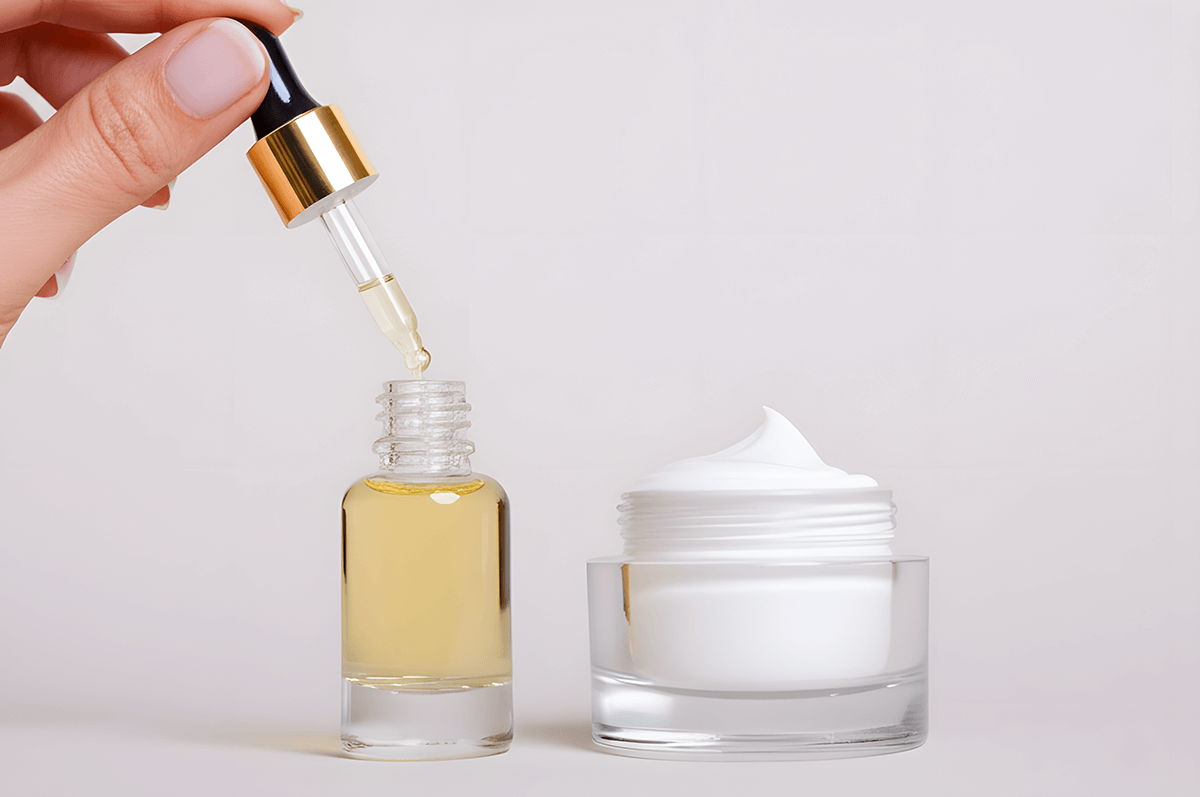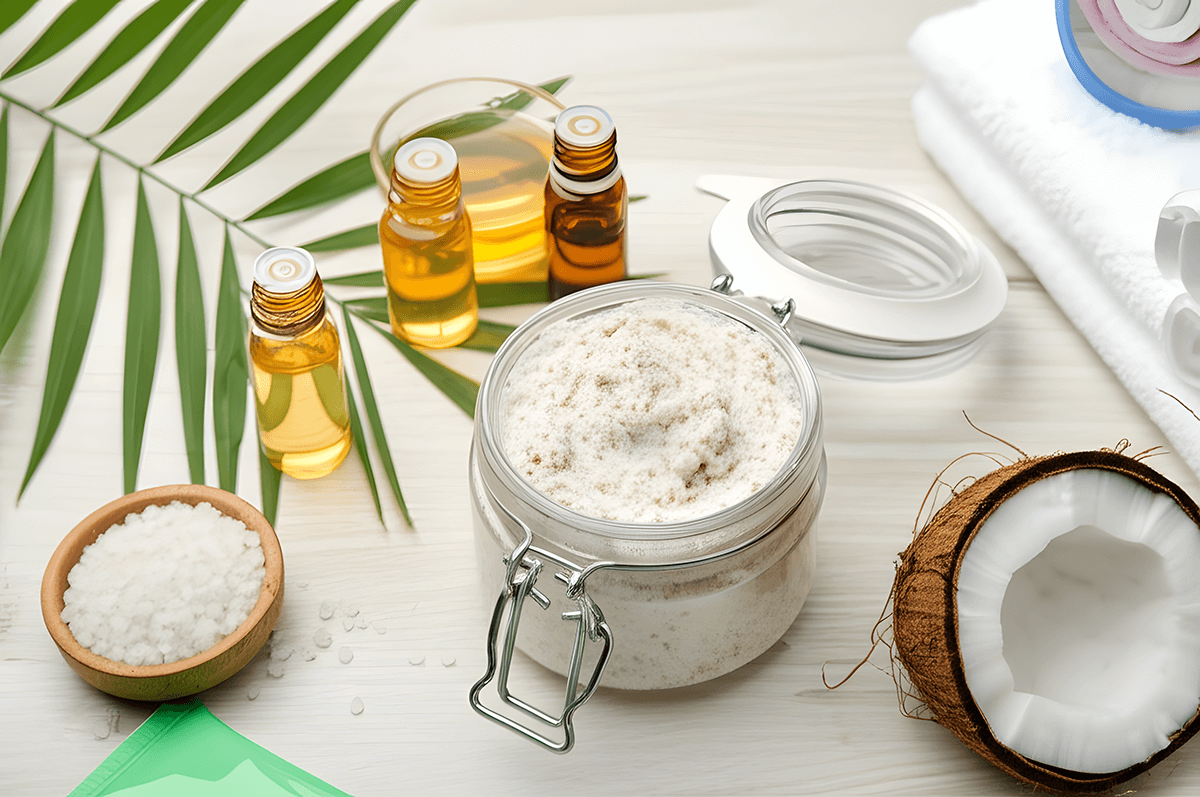In the world of skincare, layering products has become an essential practice for optimizing the benefits of each item. However, the effectiveness of your routine largely depends on the order in which you apply your products. Among the most common skincare products used in layering are serums and creams, both of which offer unique benefits for the skin. But the question remains: What should you apply first, serums or creams? Understanding the ideal application order can significantly affect your skin’s appearance and health.
In this comprehensive guide, we’ll dive deep into the differences between serums and creams, explore the best order for applying them, and discuss why product layering is crucial for achieving maximum results. Whether you’re a skincare enthusiast or just starting your journey, this article will help you make sense of the many steps in your routine and how to use them to their full potential.
What Are Serums and Creams?
Before we dive into the importance of layering serums and creams in the correct order, it’s essential to understand the key differences between these two products.
Serums
Serums are lightweight, fast-absorbing liquids packed with concentrated active ingredients that target specific skin concerns. These concerns could include wrinkles, pigmentation, acne, dehydration, or even texture. Unlike moisturizers, serums are formulated to penetrate deeply into the skin to deliver active ingredients where they are most needed.
Key characteristics of serums:
- High concentration: Serums contain higher amounts of active ingredients than creams.
- Light texture: Typically water-based, serums have a thin, runny consistency, which allows them to penetrate deeper layers of the skin.
- Targeted treatment: Designed to address specific skin concerns like fine lines, pigmentation, acne, or uneven texture.
- Absorption: Because of their lightweight nature, serums absorb quickly into the skin.
Common types of serums include:
- Vitamin C serums: Known for brightening and providing antioxidant protection.
- Hyaluronic acid serums: Great for boosting skin hydration.
- Retinol serums: Often used to address fine lines, wrinkles, and skin texture.
- Peptide serums: For boosting skin strength and resilience.
Creams
Creams, on the other hand, are thicker, richer formulations that primarily focus on hydration and moisture retention. While creams can also contain active ingredients, their main job is to lock in moisture and prevent water loss from the skin. Unlike serums, creams typically sit on the surface of the skin, offering a protective layer.
Key characteristics of creams:
- Hydration and moisture: The primary function of a cream is to keep the skin hydrated and lock in moisture.
- Heavier consistency: Creams have a thicker consistency than serums and often contain oils or emollients, which help form a barrier.
- Protection: Creams often act as a barrier to environmental aggressors such as pollution, UV rays, and harsh weather conditions.
- Multi-purpose: While they can hydrate, they may also include ingredients to target skin concerns (e.g., anti-aging peptides or brightening agents).
Common types of creams include:
- Moisturizers: The most common type of cream, which hydrates and protects the skin.
- Night creams: These are often richer and more nourishing, designed to work while you sleep.
- Anti-aging creams: Usually formulated with ingredients like retinol, peptides, and antioxidants to combat signs of aging.
The Ideal Order of Application: Serums vs. Creams

Now that we have a clearer understanding of serums and creams, it’s time to address the burning question: Which one should you apply first, and why does the order matter?
Layering Principle: Thinner to Thicker
The general rule for layering skincare products is to apply them from thinnest to thickest. Since serums have a lightweight consistency and are typically water-based, they should be applied first. This allows them to penetrate the skin easily and target deeper layers, delivering active ingredients to address specific skin concerns.
On the other hand, creams are thicker and contain heavier oils and emollients, which form a protective barrier on top of your skin. When applied first, creams can trap serums underneath, preventing them from fully absorbing and reducing their effectiveness. Therefore, serums should always be applied before creams to ensure that active ingredients can penetrate the skin properly.
Step-by-Step Guide to Layering Serums and Creams
- Start with Clean Skin
Begin by cleansing your skin thoroughly with a gentle cleanser. This removes dirt, excess oils, and any makeup or impurities that may hinder the absorption of your skincare products. Make sure to choose a cleanser that suits your skin type to avoid over-drying or irritating your skin. - Toner (Optional)
If you use a toner, apply it after cleansing. Toners help to balance the skin’s pH levels, remove any remaining impurities, and prepare the skin for the next steps. Some toners may also contain hydrating or exfoliating ingredients, so it’s essential to choose one based on your skin’s needs. - Apply Serum
Once your skin is clean and toned (if applicable), apply your serum. Because serums are highly concentrated, a small amount goes a long way. Gently pat the serum into your skin using your fingertips, allowing it to absorb for a few seconds before moving on to the next step. Pro Tip: Use serums that target specific skin concerns (e.g., vitamin C for brightening or hyaluronic acid for hydration). Apply them in thin layers for maximum effectiveness. - Wait for Absorption
Give your serum a minute or two to fully absorb into the skin. This step is crucial because it allows the active ingredients to penetrate deeply into the skin and work effectively. You should feel your skin feel slightly tacky or moisturized after applying the serum. - Apply Moisturizer (Cream)
After the serum has absorbed, it’s time to lock in all the hydration with a cream. Use a pea-sized amount and gently massage it into your skin in upward strokes. Creams help seal in moisture and protect your skin from environmental stressors. - Sunscreen (Daytime Only)
If you’re following your routine in the morning, always finish with sunscreen. Sunscreen acts as a protective barrier that shields your skin from the harmful effects of UV rays, which can contribute to premature aging and skin damage. Apply it after your serum and cream for ultimate protection.
Why the Order of Application Matters
Enhanced Absorption of Active Ingredients
When applied in the right order, serums have a better chance of being absorbed effectively into the skin. Serums are formulated with smaller molecules, allowing them to penetrate deeper layers of the skin. If you apply a thick cream first, the heavy emollients may block the serum from reaching the skin’s deeper layers, making it harder for the serum to deliver its active ingredients.
By applying serums before creams, you ensure that the serum can work its magic without interference. This maximizes the benefits of the active ingredients and improves the overall effectiveness of your skincare routine.
Moisture Locking
Creams are designed to create a protective barrier on top of the skin to lock in moisture. If you apply cream before serum, it can trap the serum beneath the thick layer, preventing it from doing its job. Applying the cream last helps seal in all the hydration provided by the serum, ensuring that your skin stays plump and moisturized throughout the day.
Prevents Product Build-Up
Layering products in the correct order prevents excess product from accumulating on the skin’s surface. When creams are applied first, they can cause other products, including serums, to sit on top of the skin, leading to a greasy or sticky feeling. Applying serums first helps your skin absorb the necessary ingredients, while creams work to create a smooth, hydrated finish.
Common Mistakes When Layering Serums and Creams
- Applying Too Much Product
Using more product than needed won’t necessarily give you better results. Serums, especially, are concentrated, so a small amount is usually sufficient. Overloading your skin can lead to clogged pores and irritation. - Skipping Sunscreen
Sunscreen is a must during the day, even if you’re using potent serums or creams. Active ingredients like vitamin C, retinol, or AHAs can make your skin more sensitive to sunlight, increasing the risk of sun damage. Always apply sunscreen after your cream in the morning. - Using Incompatible Products
Not all skincare products work well together. For instance, retinol and vitamin C should not be used together, as they can cause irritation. Similarly, using both AHA and BHA products in the same routine can lead to over-exfoliation. Be mindful of the combinations you use to avoid irritating your skin. - Applying Creams First
As mentioned earlier, applying a cream before a serum can interfere with the serum’s ability to penetrate the skin. Stick to the serum-first rule to get the most out of your products.
Conclusion
Layering your skincare products in the correct order is essential for maximizing their effectiveness. Serums should always be applied first because they contain concentrated active ingredients that need to penetrate deeply into your skin. Creams, which are heavier and designed to lock in moisture, should be applied afterward. By following the thin-to-thick rule and using the right order, you can ensure that each product works in harmony to deliver the best results.
With the right application, serums and creams can help you achieve healthier, more radiant skin. So next time you reach for your skincare products, remember: the order matters, and applying serums first will make all the difference in your routine.



